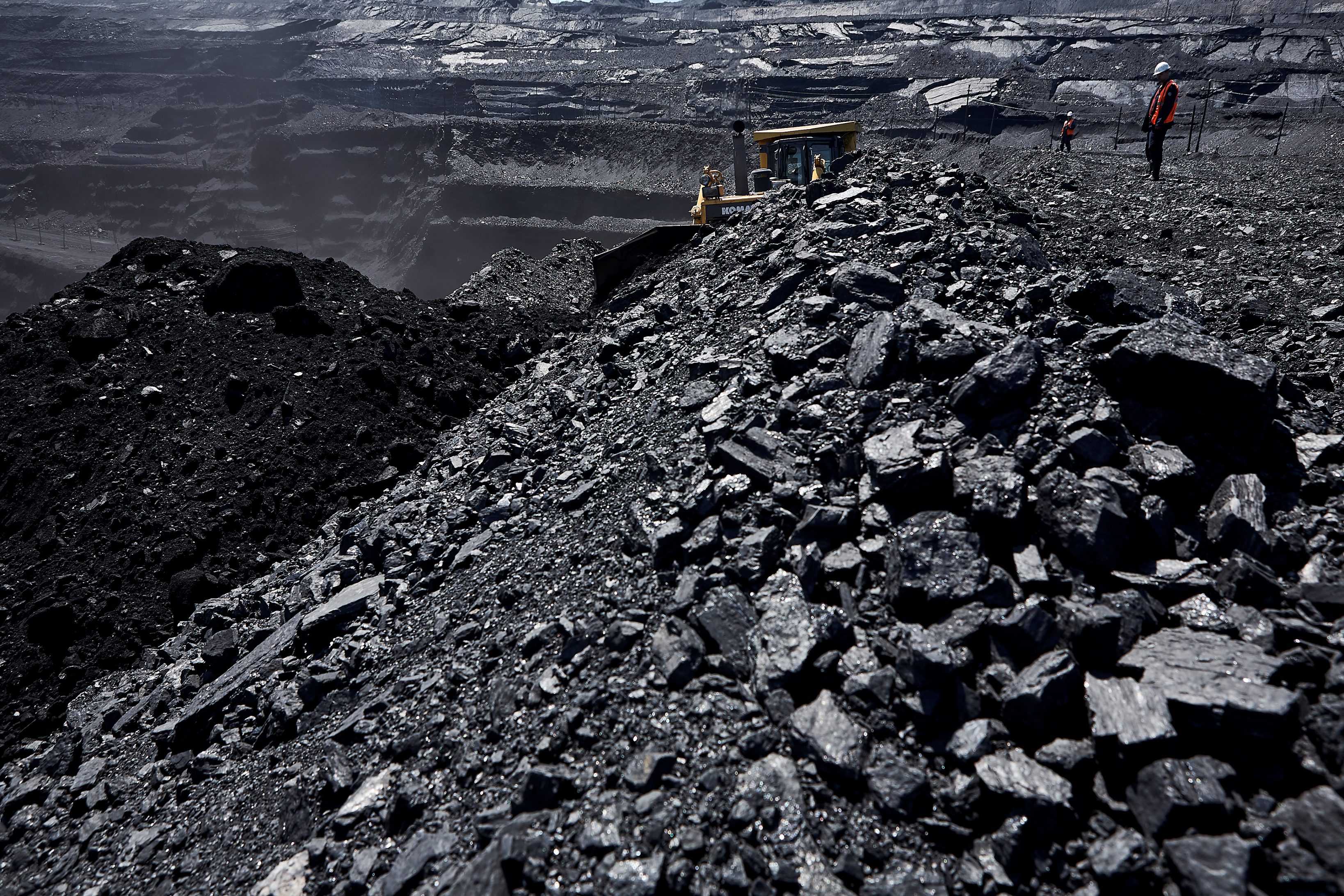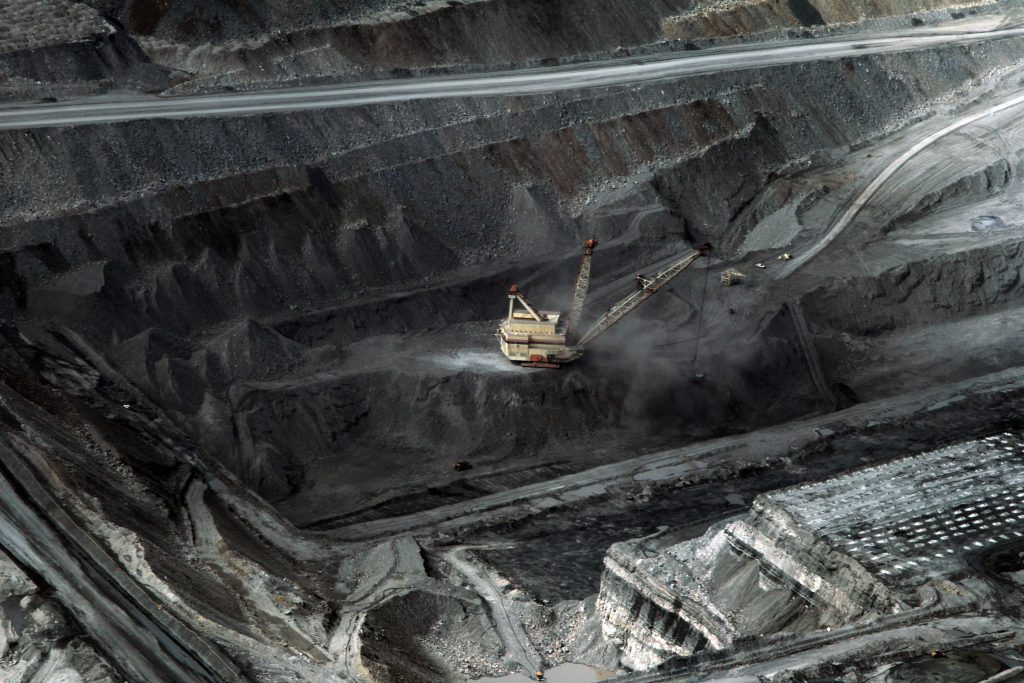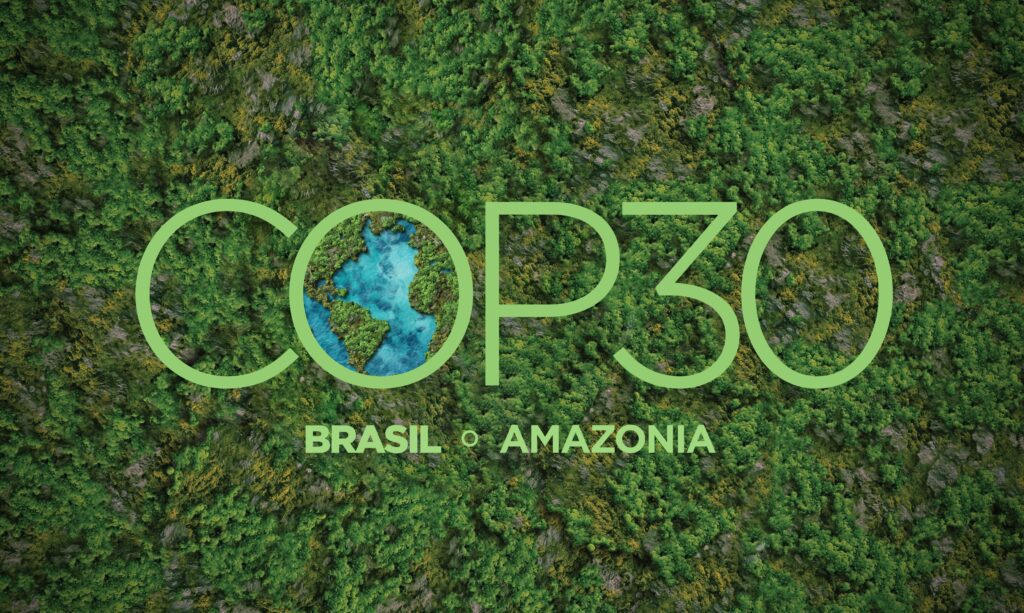A lot has happened this month in the world of Canadian coal. Two major coal mine projects had slipped through the cracks of the federal environmental assessment framework and were set to go ahead without a review. At the request of concerned groups (including Environmental Defence – and many of you!) Environment Minister Wilkinson made the decision to have these projects undergo federal review, so that their impacts can properly be understood before a decision is made about whether they should be approved.
This is a critical power that the Minister has to ensure projects don’t fall through the cracks – and he made the right call. This decision would seem like a no-brainer, but the coal industry has been up in arms and shamelessly criticizing the Minister for these decisions. In fact, one of the companies might even bring the government to court. Let’s take a closer look at what’s happening.
What’s with all this coal?
For starters, coal mines are divided into two categories: metallurgical coal – which is used for making steel – and thermal coal, used for the production of electricity.
Thermal coal has no place in the 21st century. Coal is the world’s dirtiest fossil fuel – it is devastating to human health and the environment. Burning coal is responsible for 800,000 deaths globally each year.
Phasing out traditional coal power is a critical step governments must take to tackle climate change. Canada showed global leadership by launching the Powering Past Coal Alliance in 2017 – an international initiative to end the use of coal-fired power plants. Domestically, Canada has committed to phasing out coal-fired electricity by 2030.
Despite these commitments, we’re still exporting coal to be burned in other countries; both coal that we mine here in Canada and American coal shipped to Canada to be exported (given our weaker environmental regulations than U.S. pacific coastal states).
The climate emergency leaves no room for countries like Canada to increase their supply of thermal coal – we must move in the opposite direction.
A closer look at the two projects
The two proposed projects that were designated by the Minister to undergo an impact assessment are Coalspur’s Vista Thermal Coal Mine and the Teck Resources’ Castle Mountain metallurgical coal mine.
Coalspur’s Vista mine expansion
You might be familiar with the Vista Coal Mine – thousands of you sent in letters to Minister Wilkinson asking him to review this project. The company, Coalspur, is planning a massive expansion of their open-pit thermal coal mine. The Vista mine is already the largest thermal coal mine in Canada. If the expansion goes ahead, it will lead to significant carbon emissions in the countries where the coal is exported and burned – the same amount of carbon pollution as driving more than 7,000,000 passenger vehicles for one year. Louis Bull Tribe, whose traditional territory the mine is located on, pushed for a federal review because they are concerned that Alberta’s provincial process will not adequately consult with the nation, nor will it adequately assess the adverse impacts on their rights. Additionally, Coalspur hid information from the government about their plans for an underground mine.
Teck’s Castle Mountain mine expansion
Similarly with the Vista designation decision, Minister Wilkinson decided to review this project after several environmental organizations, Indigenous groups and U.S. government agencies called for federal involvement in the project. The Castle Mountain project, located in Elk Valley in the Rocky Mountains, would be the largest coal mine in B.C. and one of the largest in Canada. The mine would have negative impacts on the rights of Indigenous Peoples, threaten endangered species and cause loss of fish habitat. It would worsen the problem of selenium pollution, leaching the dangerous element into watersheds hundreds of kilometres downstream and into the U.S.
Why weren’t these projects automatically going to be assessed?
Despite the enormous environmental and social impacts of these two projects, they would have fallen through the cracks in our federal impact assessment system. How could that happen?
It’s because of a federal regulation called the Project List – which is basically a list of all the categories of projects that need to undergo federal assessment. Last year, before the Project List was released, a huge amount of industry lobbying went into weakening it, so that fewer projects would be assessed. And the industry won – leaving us with an incredibly weak project list which requires that very few projects be reviewed.
The environment minister, though, still has the right under the regulation to place projects on the list should they believe it requires federal oversight.
And that’s exactly what happened. Concerned communities petitioned Minister Wilkinson to order a federal review to take place for these two projects. And to the credit of the Minister, he listened to those communities.
The importance of impact assessment
The decisions we make today with regards to industrial projects and energy infrastructure will have consequences for generations to come. An environmental assessment allows us to look before we leap and make sure that the projects that go forward are the best that they can be.
Impact assessments allow decision-makers and the public to understand how projects might impact Indigenous rights, culture and use of traditional territories, the climate, natural habitats and endangered species, local health, drinking water and air quality and gender, before making a final decision on whether or not they should go ahead. They give Indigenous nations, community members and experts the opportunity to present their concerns and feedback. They ensure energy and industrial projects are aligned with Canada’s climate commitments, enjoy community buy-in, respect Indigenous rights, and are reviewed in an open, transparent, evidence-based process that relies on sound science.
With provinces showing less regard for environmental protection and weak assessment frameworks, it is more important than ever to have strong federal laws.
False outrage from the coal mining industry
When the Mining Association of Canada and the Coal Association of Canada expressed outrage about these responsible decisions by the Environment Minister, publicly criticizing the decision, we couldn’t stay quiet.
An assessment doesn’t mean these projects won’t go forward – it just means that their impacts will be fully studied before any decisions are made. It doesn’t seem unreasonable to want decision-makers to fully understand how projects that will last for lifetimes will impact our health and the climate. So why is industry so opposed?
From their reactions, it seems apparent that the industry lobby groups and the companies they represent just don’t want any of their projects to undergo federal review. First, they lobbied hard for a weak Project List which will require fewer of their mines to get reviewed. Now, they are up in arms that the Minister has decided that an impact assessment is needed for some of the largest mining projects being proposed. Coalspur is even taking the federal government to court. The company’s court application also includes proceedings against the Louis Bull Tribe and the Stoney Nakoda Nation, along with several environmental groups.
Clearly, the mining companies don’t want to have the negative impacts of their projects studied – and they certainly don’t want to draw any public attention to those impacts.
Why are companies rejecting evidence-based decision-making this way? These companies understand that the burning of coal must stop if a global climate catastrophe is to be averted. This means mining of thermal coal must end. They know the environmental footprint of their metallurgical coal mines is significant and that steel can be made without coal.
While we’re pleased that Minister Wilkinson listened to public outcry and decided to have these coal projects reviewed, what Canada really needs is to stop mining for both thermal and metallurgical coal.











